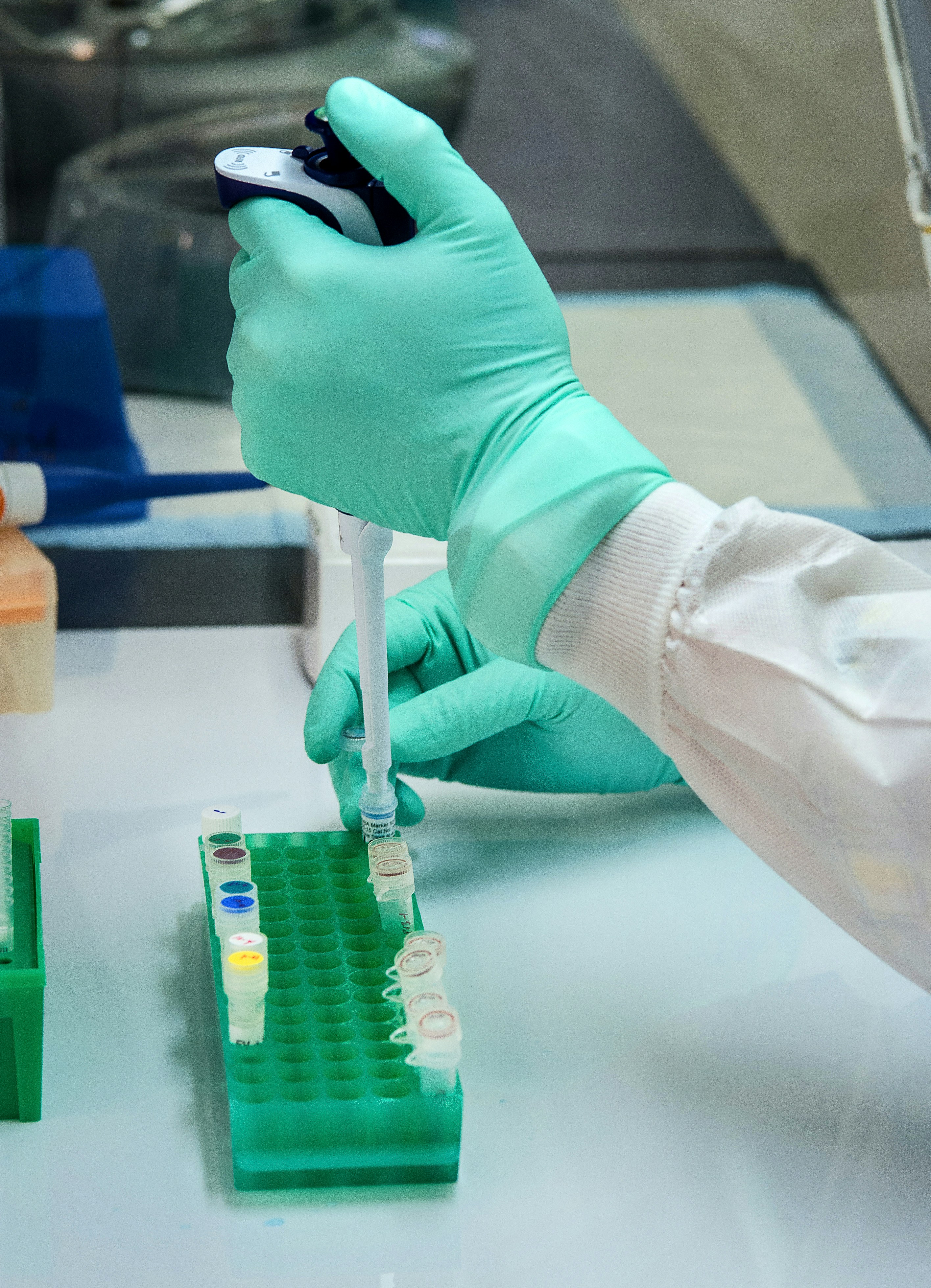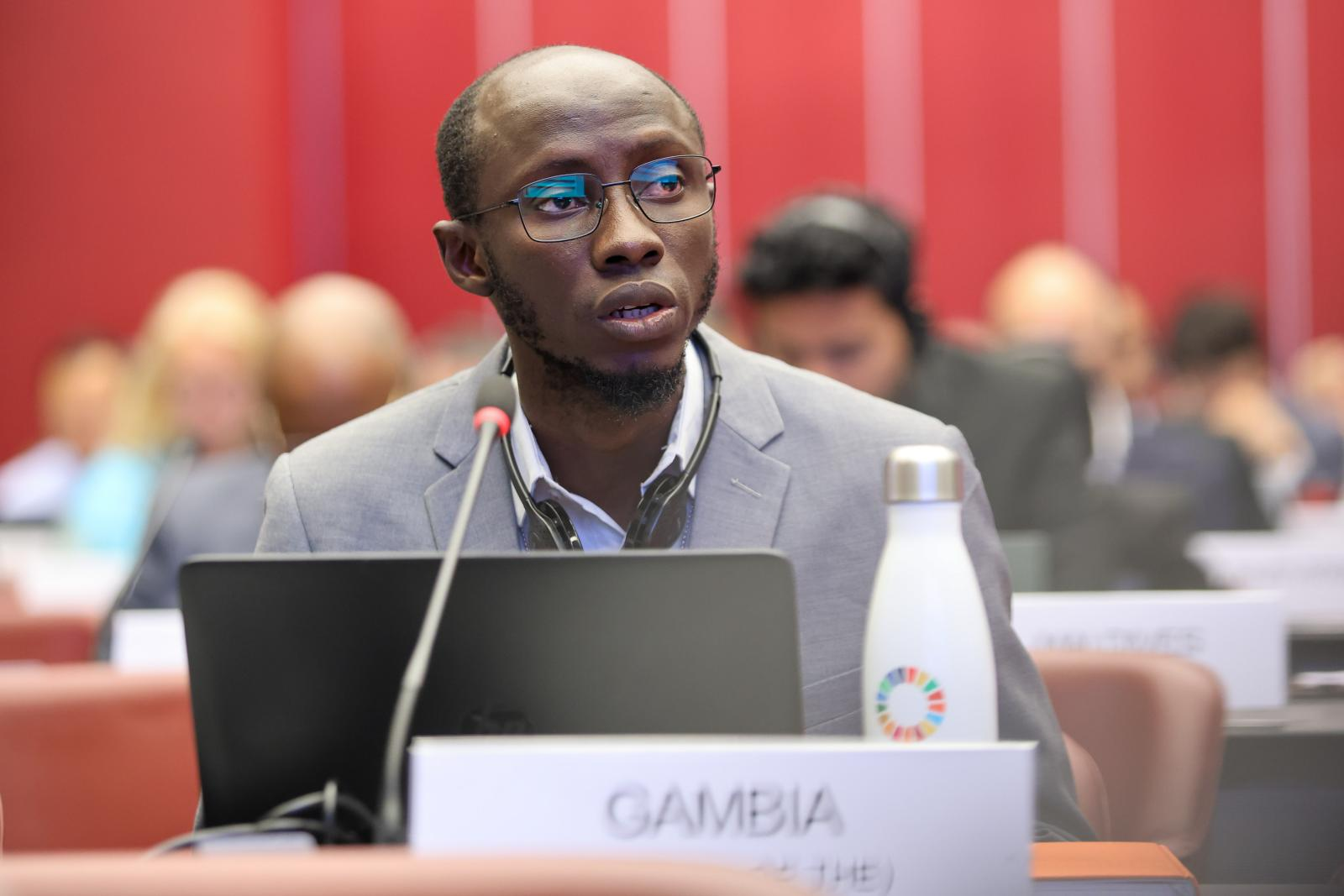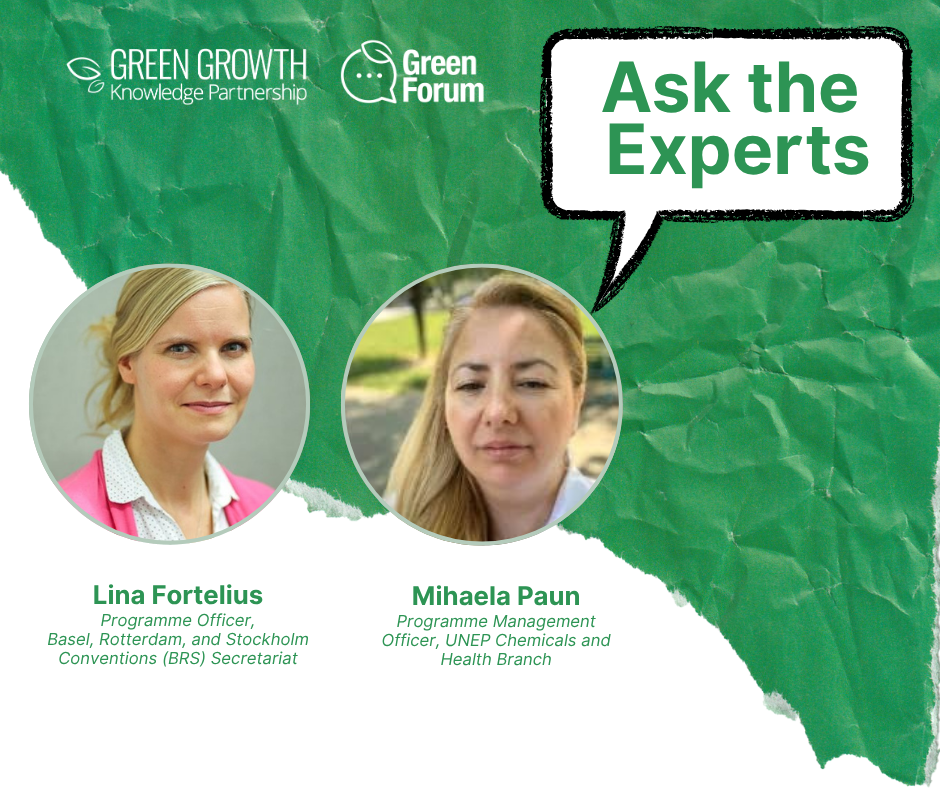This blog post is based on the remarks of Assoc. Prof. Tu Binh Minh on the Global Green Growth Knowledge Partnership (GGKP) roundtable “National Implementation Plans: Research needs and opportunities in Asia” held on 17 June 2025.
Vietnam’s Achievements and Ongoing Challenges
Vietnam has made significant progress in implementing the Stockholm Convention on Persistent Organic Pollutants (POPs), reflected in its updated National Implementation Plan (NIP) in 2018. It banned the production, import, and use of many legacy POPs such as dichloro-diphenyl-trichloroethane (DDT) and other chlorinated pesticides, and actively mobilised international funding for the sound management and destruction of polychlorinated biphenyls (PCB) and pesticide stockpiles. Building on the foundation laid by the National Implementation Plan, Vietnam has made significant strides in integrating POPs into its national legislation. The Environmental Protection Law of 2020, followed by Decree 08/2022/ND-CP, formally includes provisions for the management of POPs—marking a critical milestone in aligning national policy with international commitments under the Stockholm Convention. This legal progress has been reinforced by the issuance of sector-specific regulations, circulars, and technical standards that define permissible POPs levels in environmental media.
Despite important progress, Vietnam continues to face deep-rooted challenges in managing legacy and unintentional POPs. A number of aging pesticide warehouses remain contaminated, posing long-term risks to soil and groundwater. Limited budgets and technical solutions for pollution hotspots, coupled with inconsistent risk assessment methods, hinder effective action. Emissions from open burning and outdated kilns/incinerators —many lacking dioxin and furan controls—remain largely unchecked. Meanwhile, the absence of an official national POPs monitoring network, limited high-standard laboratories, and no clear indicators to assess community exposure leave critical gaps in understanding and response. Fragmented responsibilities and weak data-sharing across agencies further delay coordinated efforts. Without a unified mechanism for POPs elimination, these challenges risk undermining gains made in environmental and public health protection.
International Projects and Legal Framework
In the face of complex POPs challenges, Vietnam has shown sustained leadership in mobilizing international partnerships and resources. Since joining the Stockholm Convention in 2002, the country has attracted approximately USD 119 million in Global Environment Facility (GEF) and USAID, and bilateral funding to support a wide range of initiatives. Key efforts include the elimination of POPs pesticide stockpiles and the application of BAT/BEP to reduce dioxin emissions from medical waste, both supported by the UN Development Programme (UNDP). The environmentally sound management of PCBs has been advanced in partnership with the World Bank, while demonstration projects to reduce unintentional POPs (UPOPs) using BAT/BEP approaches were implemented with the United Nations Industrial Development Organization (UNIDO).
In response to the long-standing legacy of Agent Orange (AO) contamination, Vietnam has worked with UNDP and USAID to remediate dioxin hotspots, including high-priority sites such as Da Nang Airport. A key milestone in strengthening national capacity was the establishment of a dedicated dioxin laboratory, supported by the Bill & Melinda Gates Foundation and Atlantic Philanthropies. Vietnam also collaborated with UNDP to update its National Implementation Plan (NIP) under the Stockholm Convention, reinforcing its legal and institutional framework to address both legacy and emerging POPs with greater coordination and technical rigor.
Exposure Pathways and Effectiveness of Regulation
Recent data from 15 years of research in Vietnam indicates elevated environmental and human exposure to POPs, particularly in urban rivers, canals, and e-waste or end-of-life vehicle recycling areas. Sediment samples show significant concentrations of PAHs, DDTs, PCBs, and PCDDs/Fs near industrial and e-waste hotspots. Intake dose profiles reveal that children and infants in waste recycling sites are disproportionately exposed, with house dust being major pathways for PBDEs. Breast milk samples confirm widespread human exposure, with the highest levels of PCDD/Fs detected in Agent Orange hotspots and elevated PBDEs and PCBs in populations near e-waste sites—underscoring the urgent need for targeted monitoring and risk reduction strategies in high-risk areas. Temporal trend studies using dated sediment core samples from river estuaries in North Vietnam indicate that peaks of organochlorine pesticides (OCPs) occurred in the mid-1970s and mid-1990s, and PCBs in the early to mid-1990s and early 2000s, followed by relatively rapid declines. These vertical profiles partly reflect the effectiveness of pesticide bans in 1995 and management efforts through GEF-funded projects during 2009–2015.
Recent findings from Vietnam reveal widespread occurrence of short- and medium-chain chlorinated paraffins (CPs), the substances listed under the Stockholm Convention due to their persistence and toxicity, in plastic products. The highest concentrations were found in technical mixtures and PVC products, such as cable sheaths and soft plastics, with PCAs-C₁₄–₁₇ being the most dominant group. Of particular concern is the elevated presence of CPs in recycled plastics, highlighting possible risks in circular economy practices. These results call for strengthened regulatory oversight, including stricter controls on recycled content, product labelling, and the development of safer alternatives to CPs in manufacturing and construction sectors.
Recommendations and Outlook
A harmonised and resource-efficient approach to POPs monitoring is essential. Countries are encouraged to adopt simple, low-cost sampling and analysis methods—such as passive air samplers (PAS) for indoor and outdoor surveys, and diffusive gradients in thin films (o-DGT) for surface and wastewater—to expand coverage without requiring complex infrastructure. Participation in international monitoring programmes, including the Global Estuary Monitoring (GEM) programme coordinated by Prof. Kenneth Leung (City University of Hong Kong), ensures consistency through shared protocols for water and sediment sampling. Over 100 countries with estuarine systems are already involved. Additional initiatives, such as artificial mussel watch programmes and temporal trend studies using dated sediment cores, are recommended to evaluate the long-term effectiveness of control measures under the Stockholm Convention. Countries are also encouraged to foster international collaboration through exchanges with leading laboratories and active participation in technical meetings and symposia. Strengthening these practices helps build capacity and accelerates the global response to legacy and emerging POPs threats.
This blog post was developed drawing on insights from the GGKP roundtable “National Implementation Plans: Research needs and opportunities in Asia” held on 17 June 2025. As part of the Global NIP Update project (GEF ID 10785), funded by GEF and led by UNEP, this roundtable brought together researchers and experts engaged in reviewing and updating NIPs under the Stockholm Convention to foster peer learning on the development of POPs inventories.
To learn more about the Global NIP Update project, visit Global NIP Update | Green Policy Platform
For a deeper dive into the GGKP regional roundtable focused on Asia, you can access the full recordings and materials here: https://www.greenpolicyplatform.org/webinar/national-implementation-plans-research-needs-and-opportunities-asia
More information on the POPs situation in Vietnam is available in following publications: Report 10 years of Implementing Stockholm Convention on Persistent Organic Pollutants in Viet Nam 2005-2015
Persistent Toxic Substances in Vietnam: A Review of Environmental Contamination and Human Exposure



